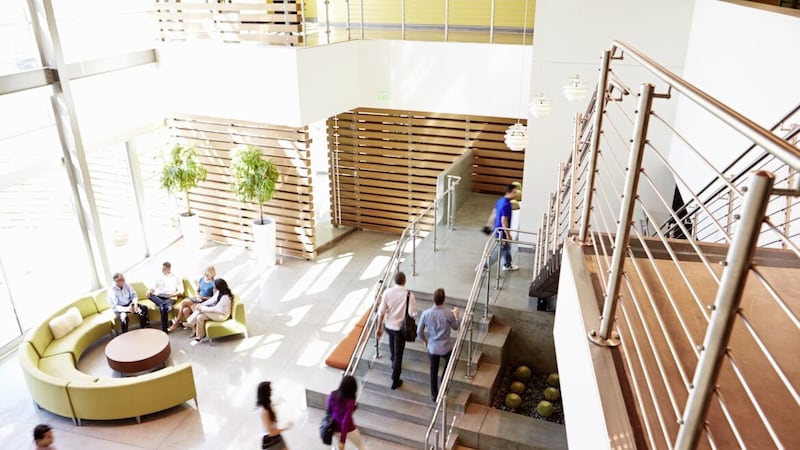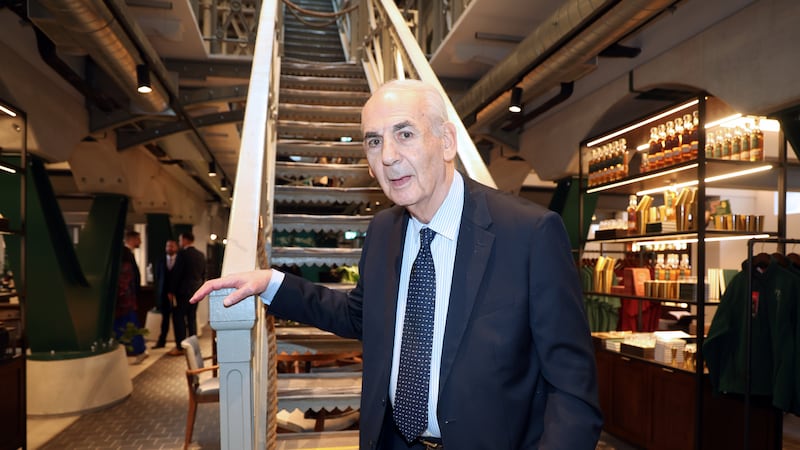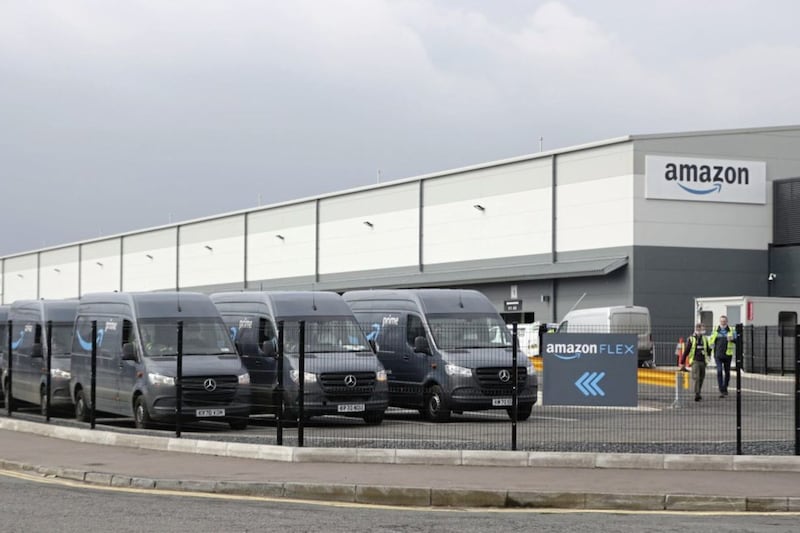AS we navigate the post-pandemic landscape, the business world is experiencing a profound shift.
The resounding consensus is that the full-time return to the office (RTO) is imminent, with 90 per cent of companies committed to re-establishing their physical presence by the end of 2024, as reported in a recent survey by ResumeBuilder.
While we might think they are small and traditional businesses, they aren't. To name a few, Apple, Goldman Sachs, Tesla, Disney, Starbucks, and Google have required their staff to return to the office fully or at least a few days per week.
This resurgence of in-person work carries significant implications for the commercial property market, where demand for quality space is expected to surge.
But RTO doesn’t mean a return to the status quo.
Recent global research by CBRE indicates that 60 per cent of organisations in Europe plan to implement rightsizing strategies moving forward and will instead seek office portfolios smaller in size but higher in quality.
Particular focus will also be on flexibility within the market, with up to 61 per cent of organisations seeking shorter lease terms or adaptability when it comes to expansion and contraction options in new or renewed spaces.
The same CBRE research also highlights the importance and implications of ESG (environmental, social and governance) regulations increasingly placed on organisations.
Of the most desirable building amenities for occupiers, sustainable features, low-carbon operations, and electric vehicle chargers all now rank highly amongst respondents globally, especially larger entities that have pledged net-zero emissions goals.
Spaces aren’t just changing; employee attitudes are too.
Having worked remotely over the past three years, staff now expect employers to offer a working environment that mirrors the home comforts they have grown accustomed to. This means more than just desks and chairs.
It requires plush and comfortable surroundings, privacy booths for those seeking a quiet escape from the office hustle and bustle, enhanced on-site catering options, state-of-the-art technology, and the introduction of other facilities such as showers, locker rooms, breakout rooms, and bike storage.
Current sentiment also indicates to the ease and convenience of the office commute and the proximity to excellent amenities significantly influencing employees’ appetites to leave the work-from-home (WFH) life behind.
In short, locations and buildings with superior sustainability, accessibility, and amenities are increasingly likely to appeal to occupiers and command a value premium.
Recent reports do however show that companies acknowledge this, and they are willing to invest time, effort, money, and resources into navigating that transition over the next 12 months.
A total of 87 per cent of global brands believe that pay and promotions could be linked to future in-person attendance in the workplace, with many of those same organisations considering a slew of other enticing incentives, including commuter benefits, childcare subsidies, and funded catering options on-site, as reported by KPMG UK.
Another noticeable revelation is that 83 per cent of CEOs believe the return to the office will enhance productivity, while 81 per cent believe it will bolster company culture, which could subsequently contribute to higher levels of staff satisfaction and talent acquisition.
For those businesses which have already returned to office, 72 per cent report an uplift in revenue, which surely builds a case for the inimitable value of face-to-face interactions and collaborations.
These figures prove that ‘the office’ is no longer just a physical location; it's a strategic asset for fostering business growth and sustainability.
RTO is not simply a return to old routines, but instead about creating a better, more adaptive workspace that caters to the evolving needs and expectations of employees.
Property owners and investors understand this too and are increasingly seeking to present office space that aligns with these new priorities ensuring they provide the appropriate backdrop for the new era of office life.
:: Brian Lavery is managing director at CBRE Northern Ireland








